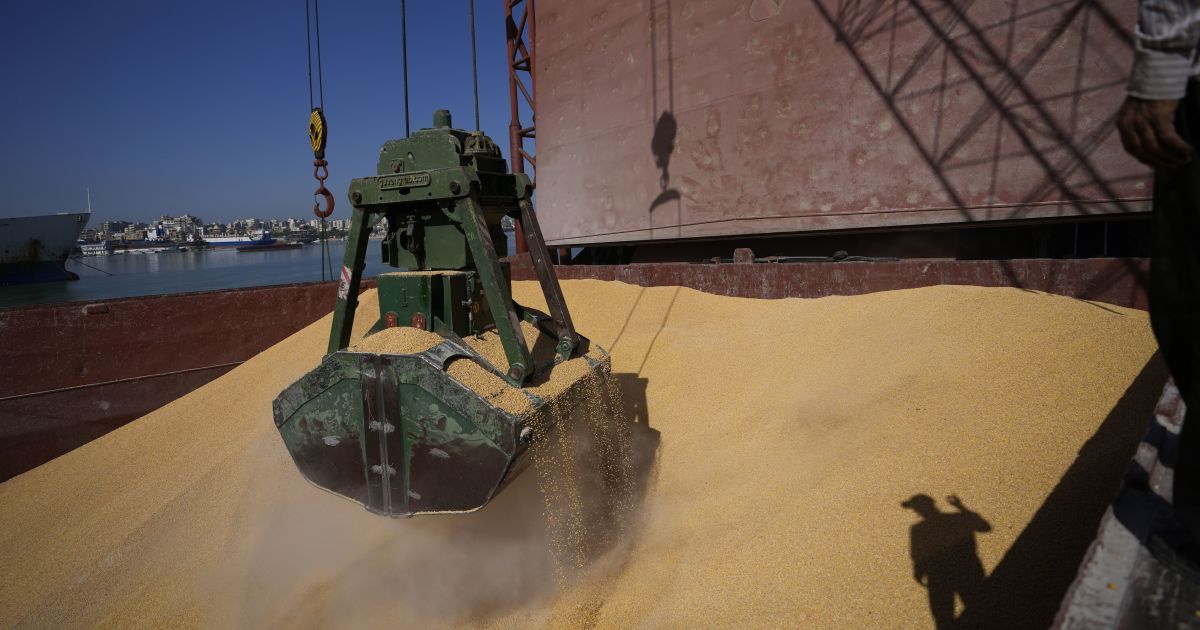Farmers are fighting fire after fire: how to generate financing for spring planting while? Farmers’ revenue influencing factors
26 January, 2023 at 16:01
The so-called February windows – days with friendly weather for yellow peas and spring barley sowing – are narrowing. This is going to be the second spring planting campaign since the outbreak of the war, but farmers’ financial position is completely different than a year ago.
According to UkrAgroConsult’s calculations based on official export statistics and own price monitoring (the AgriSupp database), export revenues dropped in 2022:
– down 49% for early-season grains (wheat, barley, rapeseed etc.)
– down 7% for late-season grains, oilseeds, vegetable oils and meals (corn, soybeans, sunflower seed, sunflower oil and meal, etc.).
FOB Big Odesa prices in January 2023 are on average 10-15% lower than the prices were in early 2022. However, domestic prices in US$ terms are down 40% y/y. Such a significant drop in the domestic prices stems from a sharp decrease in domestic demand and huge farmers’ stocks due to increased logistics costs.
Summarizing, farmers’ sources of working capital to finance fieldworks and pay for grain storage services have shrunk compared to 2021. And what is happening to expenses?
According to UkrAgroConsult estimates, the fertilizer market size shrank by 40-45% in 2022. The PPP sale contracted significantly as well. The input market is expected to keep deteriorating in 2023. Farmers will apply the least resource-intensive practices and rely on cost saving crops. They focus on cost saving practices to simplify growing, this will certainly reduce crop yields. Rising gas prices, power outages have resulted in expensive, disturbed storage of grain and deteriorated the grain quality. In 2022, in central and northern parts of Ukraine which host large corn areas, a rainy fall necessitated extra costs for post-harvest grain handling. Due to the ongoing hostilities in Ukraine, about 15% of its grain silo capacities are not operating and another some 10% are located in the occupied territories.
The significant domestic prices dropped while inputs prices were relatively stable or growing, leads to a decrease in margins and a fall in farmers’ assets.



